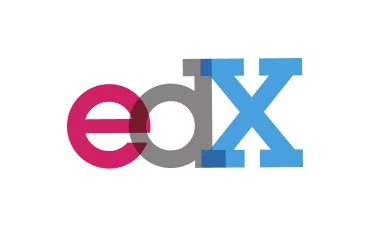When you enroll through our links, we may earn a small commission—at no extra cost to you. This helps keep our platform free and inspires us to add more value.

StanfordOnline: Principles of Economics
This course is designed as an introduction to the study of economics. Participants will be exposed to the economic way of thinking and learn about the functioning of a modern market economy.

This Course Includes
 edx
edx 0 (0 reviews )
0 (0 reviews ) 10 weeks at 5-10 hours per week
10 weeks at 5-10 hours per week english
english Online - Self Paced
Online - Self Paced course
course StanfordOnline
StanfordOnline
About StanfordOnline: Principles of Economics
The early part of the course focuses on microeconomic analysis including the behavior of consumers and firms. We analyze markets for goods and services and policy choices that affect these markets. The later part of the course moves on to macroeconomic concepts such as national production, employment, inflation and interest rates. We explore models that determine long-run growth and short-term fluctuations in national economies. We then discuss the role of government regulation, monetary policy, and fiscal policy.
What You Will Learn?
- Getting Started.
- Observing and Explaining the Economy.
- The Supply and Demand Model.
- Using the Supply and Demand Model.
- Deriving Demand.
- Deriving Supply.
- Market Equilibrium and Efficiency.
- Cost and Changes at Firms Over Time.
- The Rise and Fall of Industries.
- Monopoly and Market Power.
- Between Monopoly and Competition.
- Antitrust Policy and Regulation.
- The Labor Supply and Demand Model.
- Labor Model Cont. – Min. Wage and Discrimination.
- Taxes, Transfers and Income Distribution.
- Public Goods and Externalities.
- Government Failure and Success.
- Markets for Physical Capital.
- Financial Markets: Risk and Return.
- Getting Started with Macroeconomic Ideas.
- Measuring Production, Income and Spending of Nations.
- Determining Consumption, Investment and Govt. Shares.
- Employment and Unemployment.
- Productivity, Economic Growth and Determining Factors.
- A Look at Money, Inflation and the Fed.
- Introduction to Economic Fluctuations.
- Economic Fluctuations Model.
- Using the ADIA Model.
- Intro to Macroeconomic Policy.
- Fiscal Policy.
- Monetary Policy.
- Monetary Policy Analysis.
- Gains from Trade.
- International Trade Policy – Tariffs and Quotas.